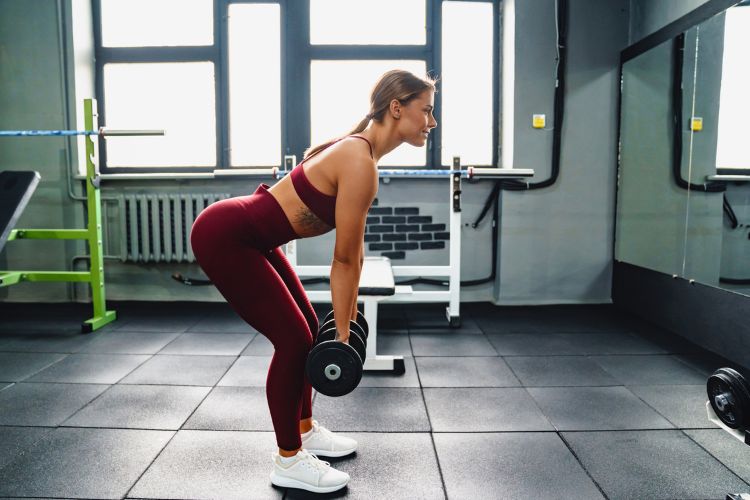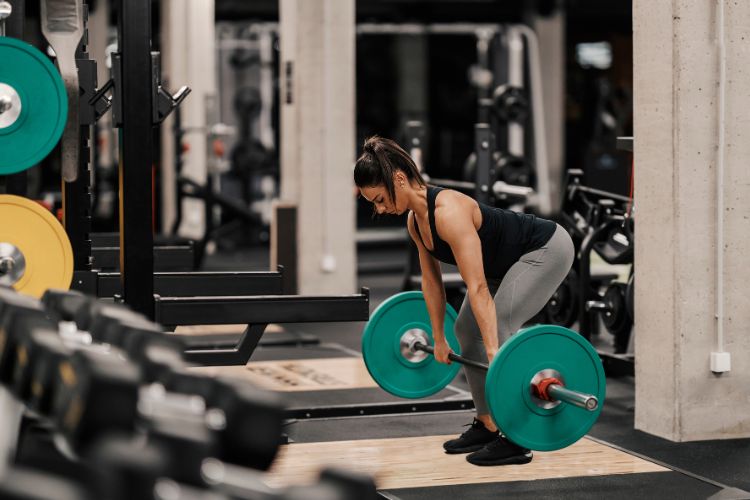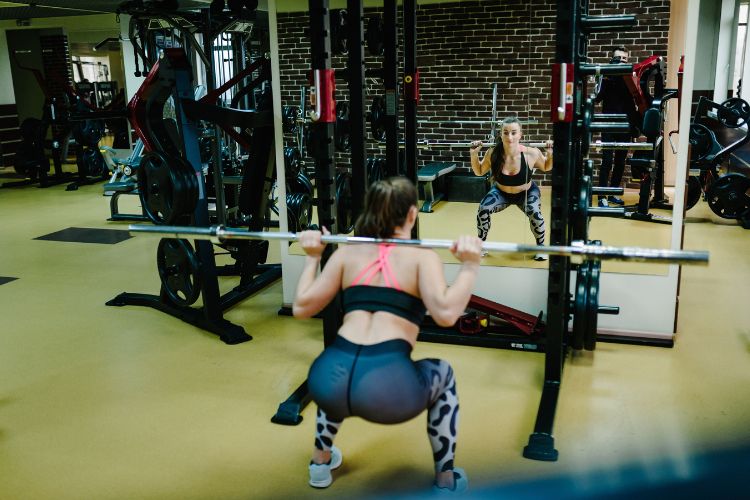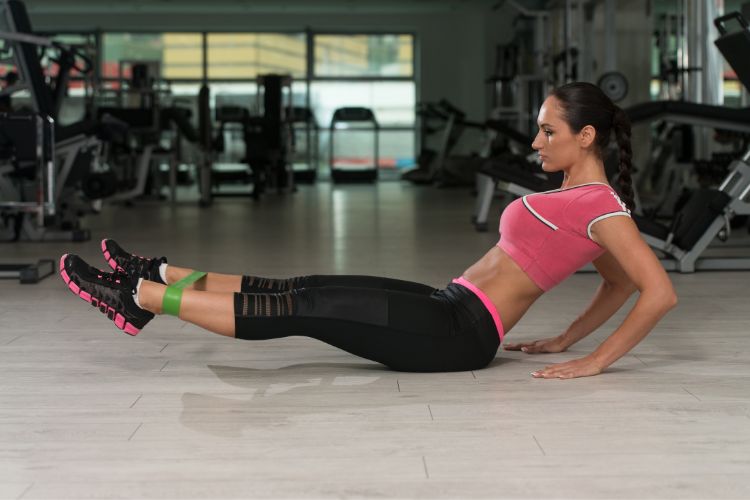Sign up for workout ideas, training advice, reviews of the latest gear and more.






Kettlebell squats are an excellent exercise for building lower body strength, enhancing stability, and improving functional fitness. Whether you’re a beginner or an experienced lifter, kettlebell squats offer unique benefits and a versatile way to target various muscle groups. This guide covers everything you need to know about kettlebell squats—from proper form and technique to variations that challenge and engage your body in new ways.
Kettlebell squats involve performing a squat movement while holding a kettlebell. The added weight and unique shape of the kettlebell challenge your body in ways that a traditional barbell or bodyweight squat might not. KS work your quads, hamstrings, glutes, and core, and they help improve balance and stability. By integrating kettlebells, you can activate different muscle groups, boost strength, and increase cardiovascular endurance.
Kettlebell squats focus on the large muscles of the lower body, such as the glutes, quads, hamstrings, and calves. By engaging these muscles with weighted resistance, you can build impressive strength and stability.
Holding the kettlebell, whether in a front or goblet position, requires significant core engagement to maintain balance. This constant activation strengthens your core muscles, which translates to better posture, improved balance, and a reduced risk of injury.
Performing kettlebell squats in a high-repetition format or in combination with other exercises can elevate your heart rate, offering cardiovascular benefits. It’s a fantastic way to incorporate both strength and endurance training in one exercise.
The squatting motion in KS helps improve functional movement patterns that translate to daily life. The exercise strengthens muscles used in actions like standing, lifting, and climbing stairs.
The movements required in kettlebell squats help stabilize joints, especially in the hips, knees, and ankles, by reinforcing the surrounding muscles and ligaments.
Before diving into different variations, it’s essential to learn the basic KS technique.
Select a kettlebell that allows you to perform the squat with control. Beginners should start with a lighter weight to master form before progressing to heavier kettlebells.
Hold the kettlebell close to your chest with both hands, gripping the handle. This is commonly known as the “goblet” position, which helps maintain an upright torso during the squat.
Stand with your feet shoulder-width apart, toes slightly pointed out. This stance provides stability and allows your hips to open up during the squat.
With your chest up and core engaged, begin lowering your body by bending at the hips and knees. Push your hips back as if you’re sitting into a chair.
Lower yourself until your thighs are parallel to the ground (or as close as comfortable). Drive through your heels to return to the standing position, engaging your glutes and core as you rise.
Once you’ve mastered the basic squat, you can explore variations that target different muscles and increase the challenge.
This foundational move is ideal for beginners. Holding the kettlebell at chest level in the goblet position allows for better posture control and makes it easier to maintain form.
Hold a kettlebell in each hand at shoulder height. This exercise increases the weight and intensity, engaging more of the upper body and core. It’s excellent for strength-building once you’re comfortable with the basic goblet squat.
With a wider stance and toes pointing outward, hold the kettlebell with both hands hanging between your legs. The sumo squat targets the inner thighs and glutes, emphasizing hip mobility and stability.
Hold the kettlebell in one hand at shoulder height. This unilateral variation challenges balance and core stability as you work to maintain form with one side of your body bearing the load.
Hold the kettlebell overhead with one arm as you squat. This advanced variation requires excellent shoulder stability, core strength, and mobility. It’s a fantastic option for improving full-body coordination.
Place one foot on a bench behind you and hold the kettlebell at chest level. This squat isolates one leg at a time, putting more focus on balance, stability, and single-leg strength.
Exhale as you rise from the squat and inhale as you lower. This helps maintain intra-abdominal pressure, which is vital for core stability.
Maintaining a strong core is essential for stability and injury prevention. Keep your core braced throughout the movement to support your spine.
Lowering yourself slowly during the squat allows for greater muscle engagement and control. Avoid “dropping” into the squat, as it can place unnecessary stress on your knees.
Experiment with slight adjustments in foot placement to find a stance that feels natural and allows for full range of motion. Your stance may vary slightly based on your hip and ankle mobility.
One of the most common mistakes is allowing the knees to collapse inward during the squat. Focus on pressing your knees outward to maintain alignment and protect your joints.
Maintaining a neutral spine is critical in kettlebell squats. Avoid rounding your back, which can increase the risk of injury. Keep your chest up and shoulders back throughout the movement.
Holding the kettlebell away from your body can strain your shoulders and make it difficult to maintain an upright posture. Keep the kettlebell close to your chest in the goblet position.
Avoid excessive forward lean by focusing on keeping your torso upright. This helps distribute the weight evenly and engages the intended muscle groups more effectively.
Kettlebell squats can be incorporated in several ways to achieve various fitness goals:
Use KS as a primary strength exercise in your workout. Aim for 3–4 sets of 8–12 reps with moderate to heavy weight. Rest for 1–2 minutes between sets.
Pair kettlebell squats with other exercises like lunges, push-ups, or kettlebell swings for a full-body workout. Supersets and circuits add a cardio element to your training, helping burn calories while building strength.
Incorporate kettlebell squats into a HIIT session by performing squats for 20–30 seconds at a time, followed by a short rest. This method elevates your heart rate and increases the metabolic demand.
Use lighter weights and perform KS in a controlled manner to improve range of motion in your hips, knees, and ankles. This is beneficial for overall mobility and flexibility.
Kettlebell squats are a powerful exercise that can improve strength, mobility, and endurance. Whether you’re a fitness beginner or an advanced athlete, incorporating different KS variations will keep your workouts engaging and effective. Practice good form, avoid common mistakes, and explore variations to get the most out of this versatile exercise. Embrace the kettlebell squat as a staple in your fitness routine and experience its profound impact on your fitness journey.
Stay up to date on the latest women’s health, fitness and lifestyle trends and tips.